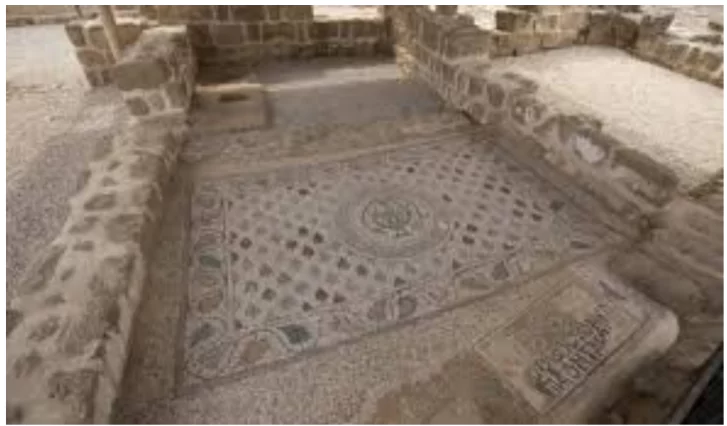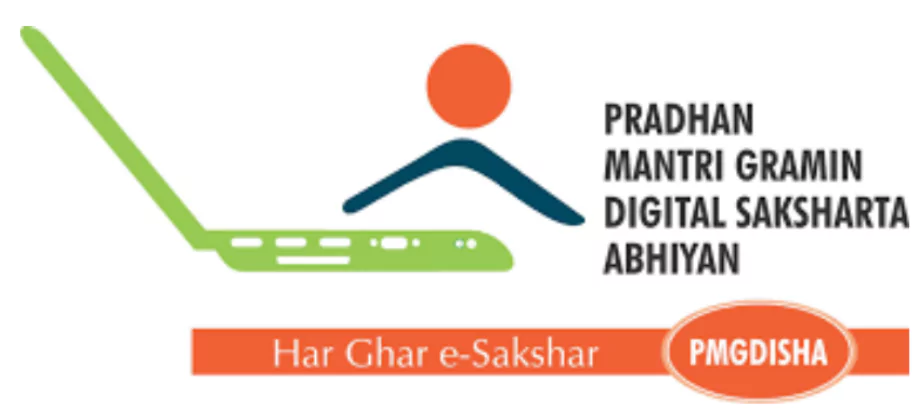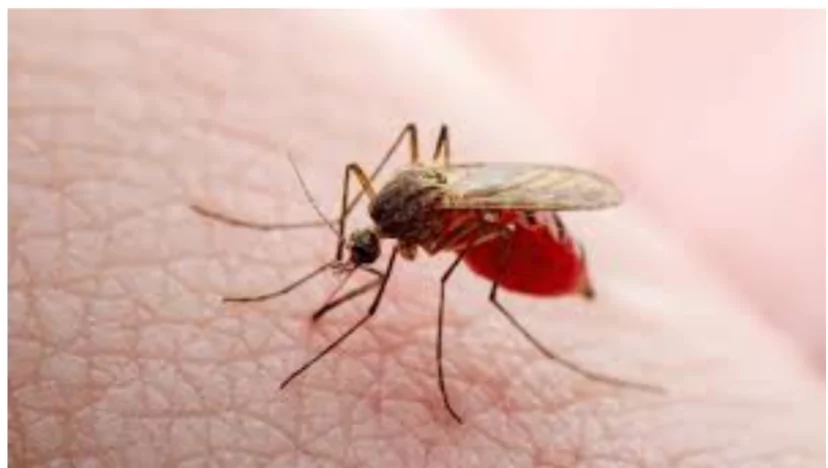Saint Hilarion/Tell Umm Amer in Palestine

|
- UNESCO has inscribed the Monastery of Saint Hilarion/Tell Umm Amer in Palestine on both the World Heritage List and the List of World Heritage in Danger.
Saint Hilarion:
- About: Founded by Saint Hilarion, the monastery is one of the oldest in the Middle East and served as a centre for religious, cultural, and economic exchanges during the Byzantine period.
- Protection: UNESCO’s decision follows the provisional enhanced protection granted to the site under the 1954 Hague Convention in December 2023.
- Recognition: The Ministry of Tourism in Gaza reported that the monastery urgently needs preservation, a challenge worsened by regional conflict and limited resources.
- It was listed on the 2012 World Monuments Watch and categorized as “Rescue Needed” by the Global Heritage Network.
Tell Umm Amer, a Historic Site:
- About: Located on the coastal dunes of Nuseirat Municipality, 10 km south of Gaza City, this ancient Christian monastery, founded by Hilarion the Great in the 4th century CE, is known as the ‘Monastery of Saint Hilarion.’
- It was the first monastic community in the Holy Land and was situated along key trade and communication routes.
Historical Significance:
- Fourth Century Monastery: Founded by Hilarion the Great, regarded as the father of Palestinian monasticism.
- Features: The ruins include five successive churches, bath and sanctuary complexes, geometric mosaics, and a crypt.
- History: The monastery existed for over four centuries, from Hilarion’s time to the Umayyad period. It was abandoned after a seventh-century earthquake and uncovered in 1999.
|
Pradhan Mantri Gramin Digital Saksharta Abhiyaan (PMGDISHA)

|
- 47.8 million rural citizens certified as digitally literate under PMGDISHA: Govt
Pradhan Mantri Gramin Digital Saksharta Abhiyaan (PMGDISHA)
- Aim: To make one person in every family digitally literate.
- Eligibility Criteria: Each eligible household can nominate one family member.
- Age Range: 14 to 60 years
- Course Duration: 20 hours (Minimum 10 days and Maximum 30 days)
- Medium of Instruction: Official languages of India
- Place of Learning: Nearest Training Centre or Common Service Centre (CSC)
- Evaluation: An independent external evaluation will be conducted by a national-level certifying agency such as NIELIT, NIOS, IGNOU, etc.
|
Oropouche fever

|
- Brazil has reported its first-ever deaths from Oropouche fever
Oropouche fever:
- About: Oropouche fever is an emerging zoonotic arboviral disease caused by the Oropouche Virus (OROV), first discovered in Trinidad and Tobago in 1955.
- Transmission: Oropouche fever is transmitted to humans through the bite of an infected midge, commonly the Culicoides paraensis midge, or mosquito.
- Urbanization, deforestation, and climate change have contributed to the proliferation of its vectors, increasing the risk of transmission.
- There is currently no evidence of human-to-human transmission.
- Symptoms: Symptoms of Oropouche fever resemble those of dengue and typically appear between four and eight days after an insect bite. The onset is sudden and may include fever, headaches, body pain, chills, joint stiffness, and occasionally nausea and vomiting.
- Treatment: There are no vaccines or specific treatments for Oropouche fever. Medical care focuses on managing symptoms and supporting recovery.
|
Climate Finance Action Fund
|
Climate Finance Action Fund:
- Finance: The fund will be financed by contributions from fossil fuel-producing countries and companies across the oil, gas, and coal sectors, with Azerbaijan serving as a founding contributor.
- It was launched as part of a package of 14 initiatives under the COP29 thematic days framework.
- Aim: The fund will serve as a catalytic public-private partnership, aimed at mobilizing private sector investment and reducing investment risks.
- It will also include special facilities offering concessional and grant-based support to swiftly address the impacts of natural disasters in developing countries.
- Operation: The Climate Finance Action Fund (CFAF) will become operational after completing its initial fundraising round, which aims to raise $1 billion and secure commitments from 10 contributing countries as shareholders.
- Funding Breakdown: Fifty percent of the capital will be dedicated to climate projects in developing countries, supporting mitigation, adaptation, and research and development.
|
International Tiger Day 2024

|
International Tiger Day 2024:
- About: Observed on July 29, International Tiger Day (ITD) aims to promote the conservation of tigers and advocate for a global system to protect their natural habitats.
- Origins: Established in 2010 at the St Petersburg Tiger Summit in Russia, ITD raises awareness about the decline in wild tiger populations and supports tiger conservation efforts.
- Theme: Call for Action.
|
Yazidi community

|
- Ten years on, many Yazidis uprooted by Islamic State onslaught struggle to find stable homes
Yazidi Community:
- About: The Yazidis are one of the world’s smallest and oldest monotheistic religious minorities. Yazidi translates into “worshippers of god”.
- Deities and Beliefs: Their religion is considered a pre-Islamic sect that draws from Christianity, Judaism and Zoroastrianism. The Yazidis believe in a supreme being named Yasdan, whose seven great spirits include the Peacock Angel named Malek Tawwus.
- Religious Practice: They revere both the Bible and Quran, but much of their own tradition is oral. Children are baptised with consecrated water by a pir (priest). In December, Yazidis fast for three days, before drinking wine with the pir.
|
![]() 30 Jul 2024
30 Jul 2024
